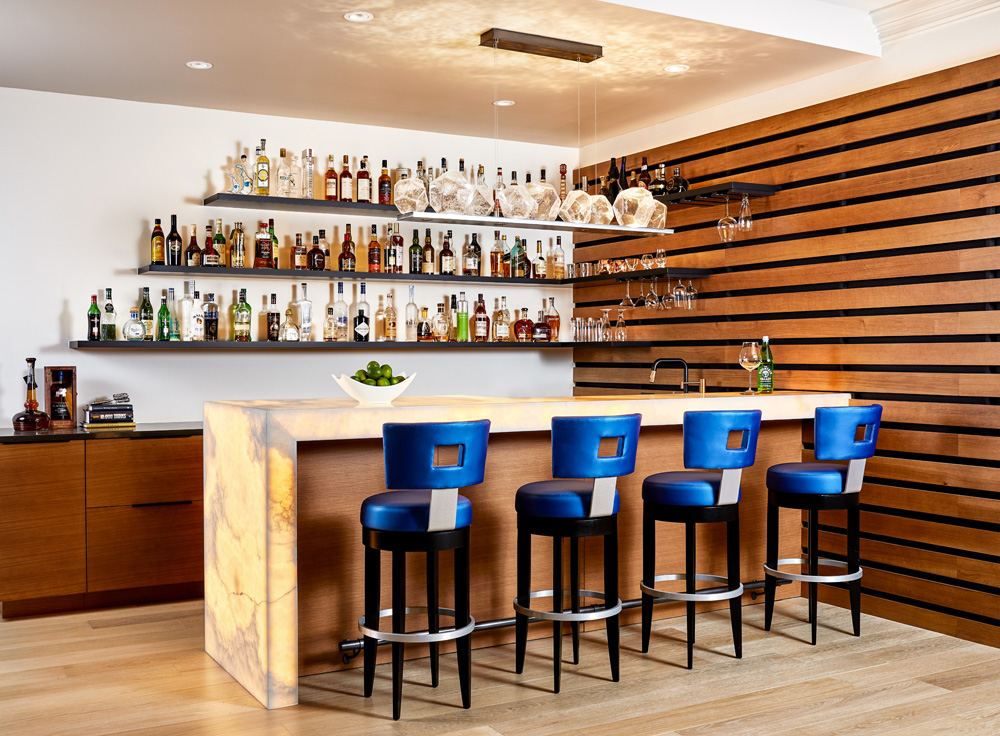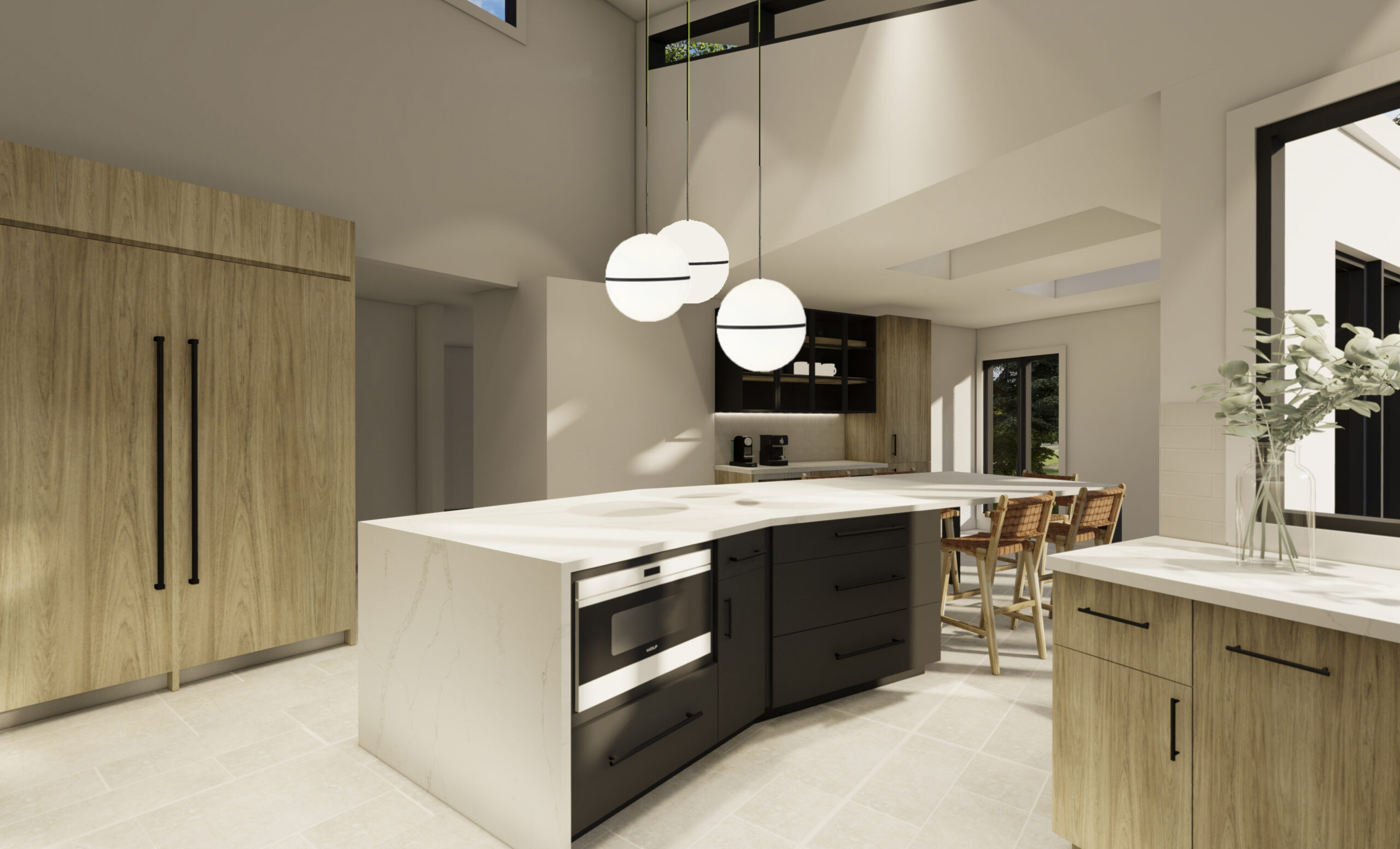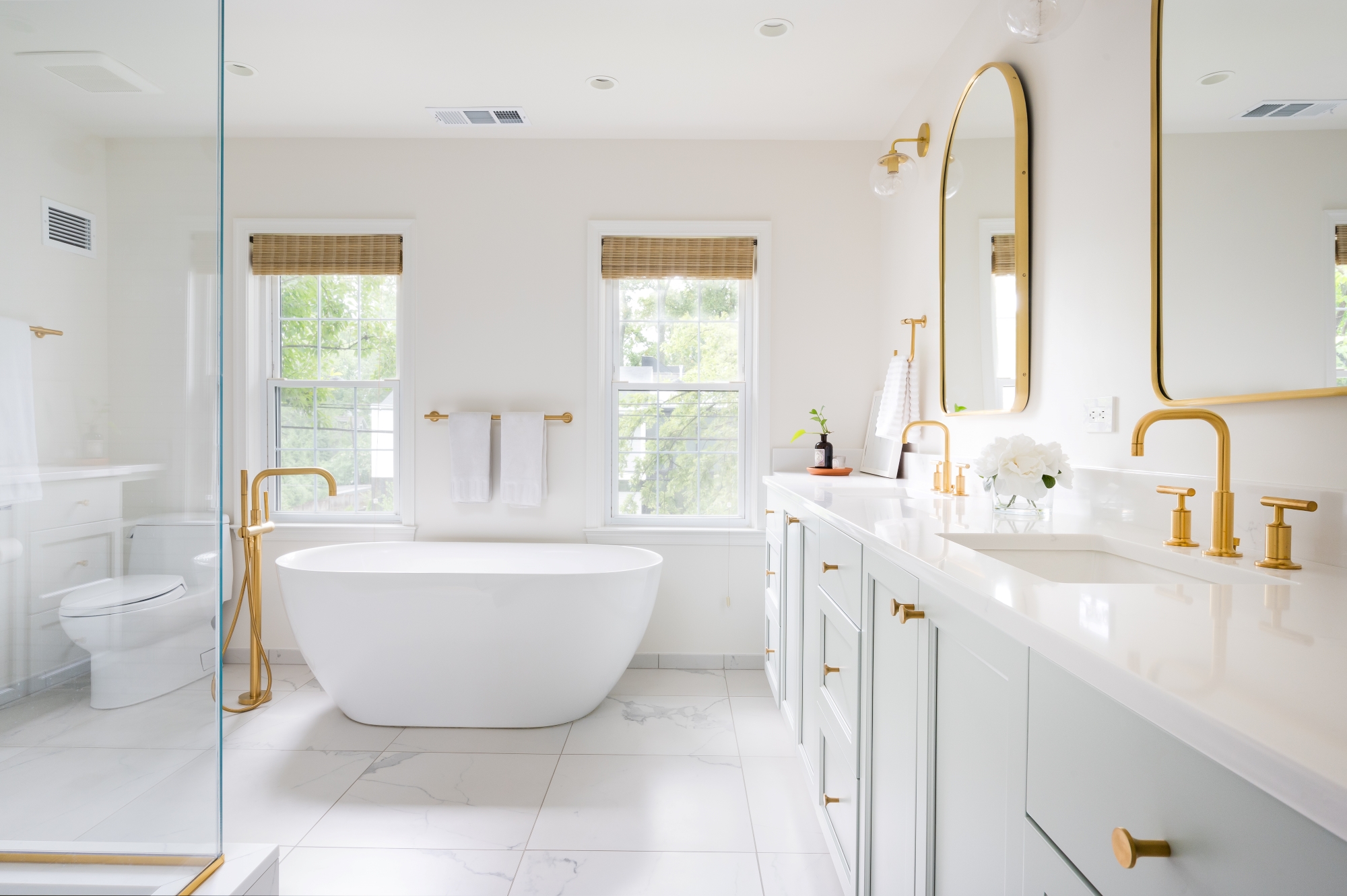Budgeting for a Home Renovation Project
BOWA Project Leader and Remodeling Expert, Steve Scholl, Shares his Expertise
When homeowners first think about taking on a home renovation project, they’re typically focused on the following three questions:
- What will my project look like when it’s complete?
- What is it going to cost?
- What will the timeline be from start of design to end of production?
Important Remodeling Budget Considerations
When it comes to cost, as a BOWA Project Leader, it’s important for me to outline everything that needs to be considered while budgeting for a home renovation. In most cases, how long you plan to stay in your home should be one of the first considerations when determining how much you should invest in a project.
I often tell my clients that if they plan to stay in their home for five to ten years or more, they have the green light to spend as much as they are comfortable with. If the goal is to live in your home for the long run, the money that you invest in your project will have time to be recouped in both return on investment and return in enjoyment.
So, say yes to that whole-house renovation, large addition, gourmet kitchen, generous primary suite, or outdoor living project. You’re going to be in the home long enough to enjoy it!
On the other hand, if your plan is to remain in your home for only three to five years, you’ll want to be a little more strategic about how much or how little you spend. Investing in your kitchen and bathrooms, or an exterior project that provides curb appeal, tends to be more mindful of the return on investment.
As a third option, you may be looking to move out of your home within the next few years. If this is the case, you might be looking to implement cosmetic upgrades or a pull and replacement of existing materials as opposed to a complete re-design of your space.
Primary Budget Drivers
After factoring in how long you plan to live in your home, there are three main budget influencers:
- Scope of Work
- Level of Finish
- The Experience of and Services Provided by the Team You Choose to Execute the Project (aka your appetite for risk).
First and foremost, the scope of work you’re looking to take on will be the largest indicator of what your project will cost. How large or how complex is the project? Are kitchens and bathrooms involved? Typically, these are the most expensive rooms in the house to renovate.
Next, it’s important to factor in the level of finish that you’re looking to incorporate into your project. For your backsplash tile, will you opt for a 3 x 6-inch subway tile at $7 per square foot, or a laser-etched marble from Italy, a piece of art totaling $450 per square foot?
Lastly, the firm that you choose to work with and the experience you’re seeking to have will also affect your budget.
Small general contractors that operate without a team of experts may provide a lower initial time & materials estimate, but this often comes with more unknowns, higher risk, and more hands-on work for you. At the other end of the spectrum, is a well-established, full-service design build firm, which guides you through every step of the process and becomes your single point of accountability. You benefit from their track record of success with projects just like your own, depth of construction expertise, proven processes, and, ideally, a fixed-price budget. This investment in peace of mind offers much less risk, fewer unpleasant surprises, and a better remodeling experience.
Remodeling Budget Philosophies
There are many philosophies when it comes to determining a budget, but the most common two are as follows:
- Decide what you want to do and then find out how much it costs.
- Find out what you’re comfortable spending, and then see how much of your renovation list can get accomplished while remaining within that budget.
Generally speaking, my advice would be to avoid the first option. Determining your list of wants, identifying a budget, then interviewing 10 contractors until one says yes to a combined budget and list can be a recipe for disaster.
A good partner will be upfront with you about costs and work with you to get as much of your project done with the money you’re comfortable investing. Taking it one step further, an excellent design build advisor or advocate will take the time to really delve into your needs and goals, to learn HOW the list came about and WHY these things are important to you. This level of insight helps to move beyond checking boxes on a wish list. With this knowledge, your design build advocate can potentially propose solutions you haven’t considered, offer more cost-effective approaches, ensure that underlying concerns are addressed, and truly help you to improve your lives at home.
It is worth noting that in a typical calendar year, remodeling prices rise 9-15%. In the last few years, those numbers have been closer to 16-20%. (Thanks a lot, pandemic!)
So, if you’re considering a luxury renovation project, the time to act is now, and it starts with a simple phone call to BOWA.
Both return on investment and return in enjoyment are possible when you choose the right partner.
Steve Scholl
Project Leader, Owner

OTHER POSTS




